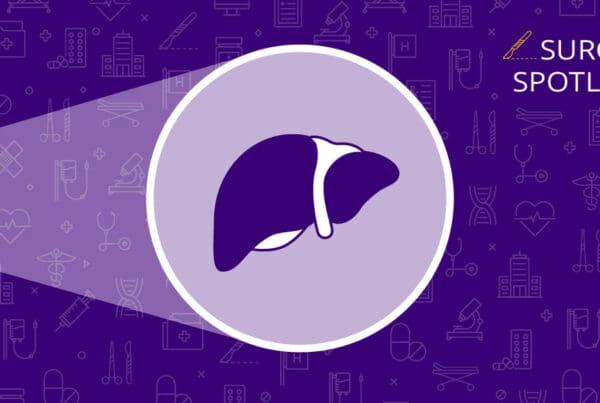Highlights | Don’t write them off
- The transcription department transcribes voice-recorded medical reports that healthcare providers dictate.
- The department generates accurate chart notes to make it easier for the provider to focus their care on the patient.
- While the team doesn’t meet the providers who dictate, they are essential to the patient’s healthcare team.
Do you ever wonder who supports providers behind the scenes? If you pull back the curtain, you’ll find that one of these teams is the transcription department, the team responsible for transcribing discharge summaries, progress notes, operative notes and so much more.
Meet the UW Medicine transcription department
The transcription department currently consists of four medical transcriptionists/editors: Monique Graham, Gigi Jacobs, Christopher McQuain and Lori Wilkinson. Becky Revand is the director.
“Our work helps support the providers by providing them with accurate chart notes,” says Monique Graham. “It’s very important that they have the most accurate and up-to-date medical record on their patient so everyone is on the same page.”
Between the small team of four transcriptionists and one lead, they coordinate their working hours so there is coverage for providers for 18 hours out of the day, seven days a week.
“So many health systems outsource all their transcription work, so we’re proud to be an ‘in-house,’ UW Medical Center, Harborview and primary care transcription team,” says Christopher McQuain.
How does medical transcription work?
Medical transcriptionists work to type out a medical report from a dictated (aka spoken) audio file recorded by a healthcare provider. This audio file could be from a doctor, fellow, resident, physician assistant, nurse or other provider who cares for a patient.
Graham says the transcription process works like this:
- The provider’s dictation lands in a pool queue after they dictate.
- Each job that comes into the system goes through a voice recognition program.
- When a job is downloaded into a personal queue, on the screen, there’s a dictation “draft.” This draft is the dictation that has already gone through voice recognition.
- Each team member has headphones to listen to the dictation and a foot pedal to control the play, forward and rewind actions. They make corrections and edits in the dictation draft and check for the correct spelling of provider and patient names, make sure they have the right patient, correct the grammar, correct the spelling of the dictation and confirm accuracy.
“There are people who dictate (speak) extremely fast, some not as fast, and some mumble, but we can still produce an accurate medical record,” says Graham. “All of us have over 20 years of experience in medical transcription. We’ve gone from typing on a typewriter with a carriage return while listening to a tape to having dictation delivered in a digital format on a computer program specifically for medical transcription.”
Graham says that if something in the dictation is hard to understand, it goes to the transcription lead, who can listen to the dictation and fill in the blanks. If they can’t understand the dictation, it goes to the dictator — the provider — for clarification.
“We want to make sure that medical records are 100% accurate. There are so many different medications, brand name versus generic. We learn the correct spelling of all the medications and make sure that the dosage, medication frequency and route of administration are reported properly,” says Graham.
Who does the transcription department help?
The department does transcription work for all clinical departments – from primary care to hospital care. They produce discharge summaries, progress notes, operative notes, procedure reports, death summaries, telephone notes and more.
“We care a great deal about making sure what providers dictate supports the patients they are working with. We respect and value what they do very much,” says Lori Wilkinson. “The patients are more than just ‘dictated content’ to us, and we see them as people with life stories as well as patients.”
Valuable, essential and rewarding work
“We want everyone to know about transcription because we are an essential behind-the-scenes department,” says Graham. “We don’t ever actually get to meet the providers who dictate, nor do they meet any of us, but we are proud to be part of the team of the patients’ healthcare.”
As a crucial part of the patient’s healthcare team, the transcription department is not only thankful for the opportunity to aid in patient care but is also thankful for the providers they support.
“We’re honored to be part of this institution and would love for all our providers across the system — hospital, clinical, primary care, inpatient and outpatient — to know they always have the option at UW Medical Center, Harborview and primary care to dictate their patient records rather than performing the additional task themselves in Epic,” says McQuain. “The in-house transcription staff are happy and gratified to support the great patient care they’re providing.”
Photo credit: © Giada Canu / Stocksy United


